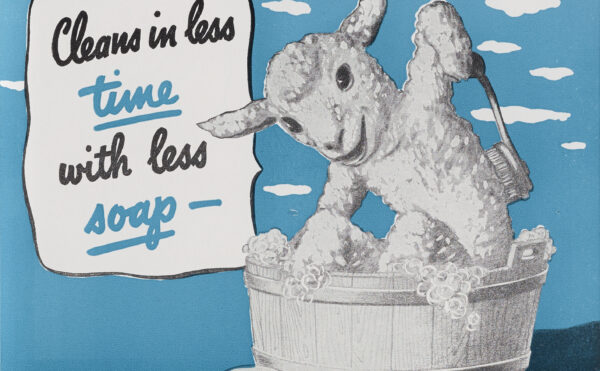
Julian Silverman
Julian R. Silverman is an assistant professor in the Department of Science and Mathematics at the Fashion Institute of Technology in New York City. He received his bachelor’s degree in atmospheric and environmental chemistry from McGill University in Montréal and his MPhil and PhD from the City College of New York, where his research focused on conjugating lipids and carbohydrates to create soft materials. He completed his postdoctoral work at the University of Kansas Center for Environmentally Beneficial Catalysis, where his research focused on the valorization of waste lignin. He currently teaches the Chemistry for Cosmetics courses at FIT to inspire the development of the next generation of safe and sustainable consumer products.
In addition to his academic work, Silverman is a member of the New York Sunworks Associate Board, and he works with Harrison High School’s Science Research Program. He previously taught in the Department of Chemistry and Biochemistry at Manhattan College in the Bronx and served as director for the Center for Urban Resilience and Environmental Sustainability.
At FIT Silverman focuses on teaching and research that supports quality undergraduate research projects and addresses sustainability in the lab, at home, and in the community. He is particularly interested in identifying and transforming local waste biomass into functional soft materials such as dyes, inks, pigments, and paints, and he partners with experts across the chemical education community to develop open-access curricular materials and assessments for students and educators to contextualize chemistry and environmental science.


